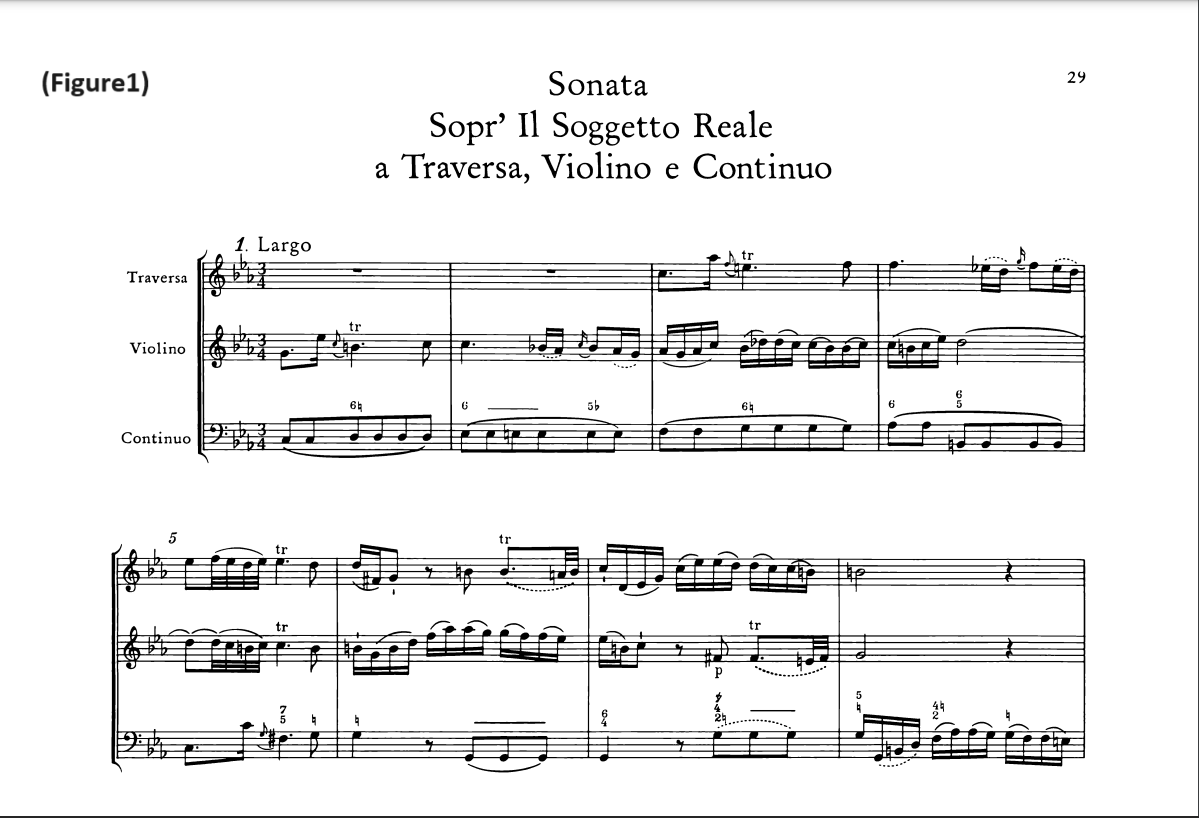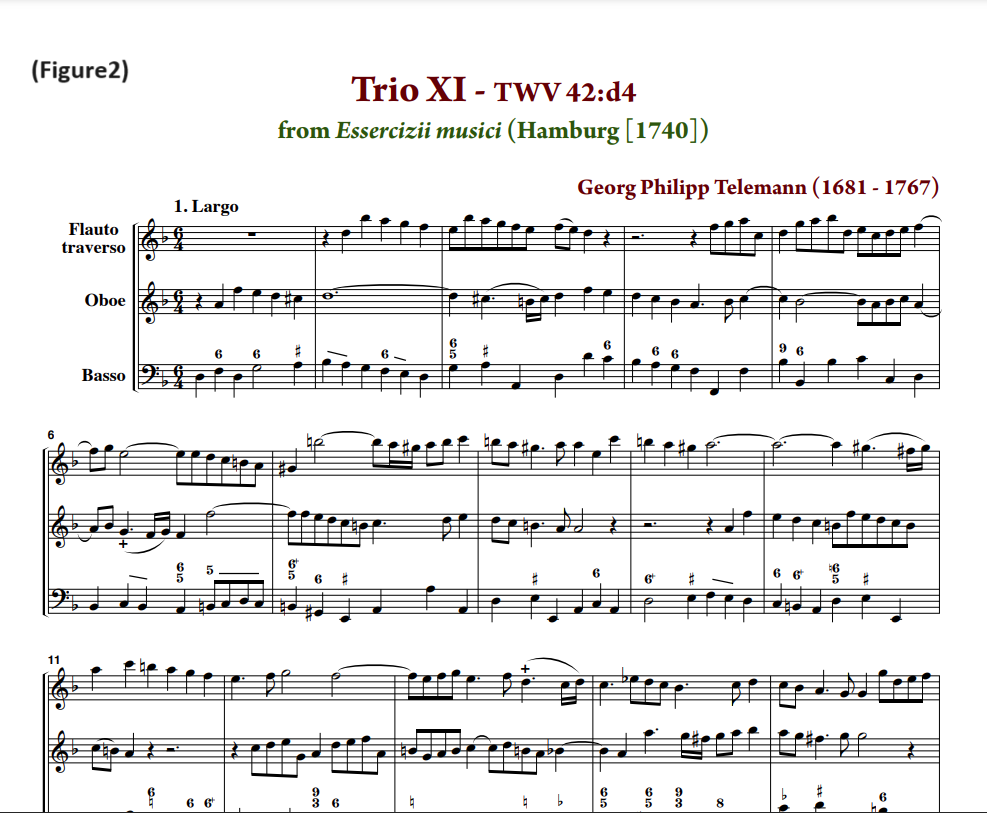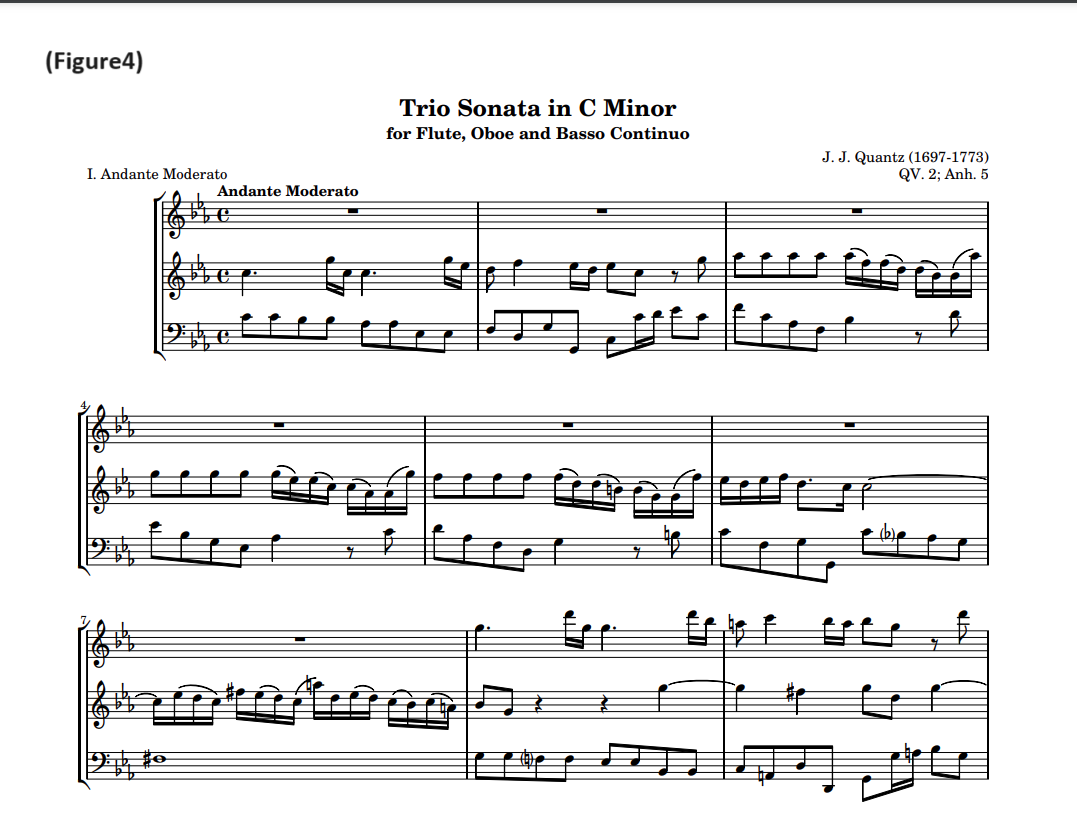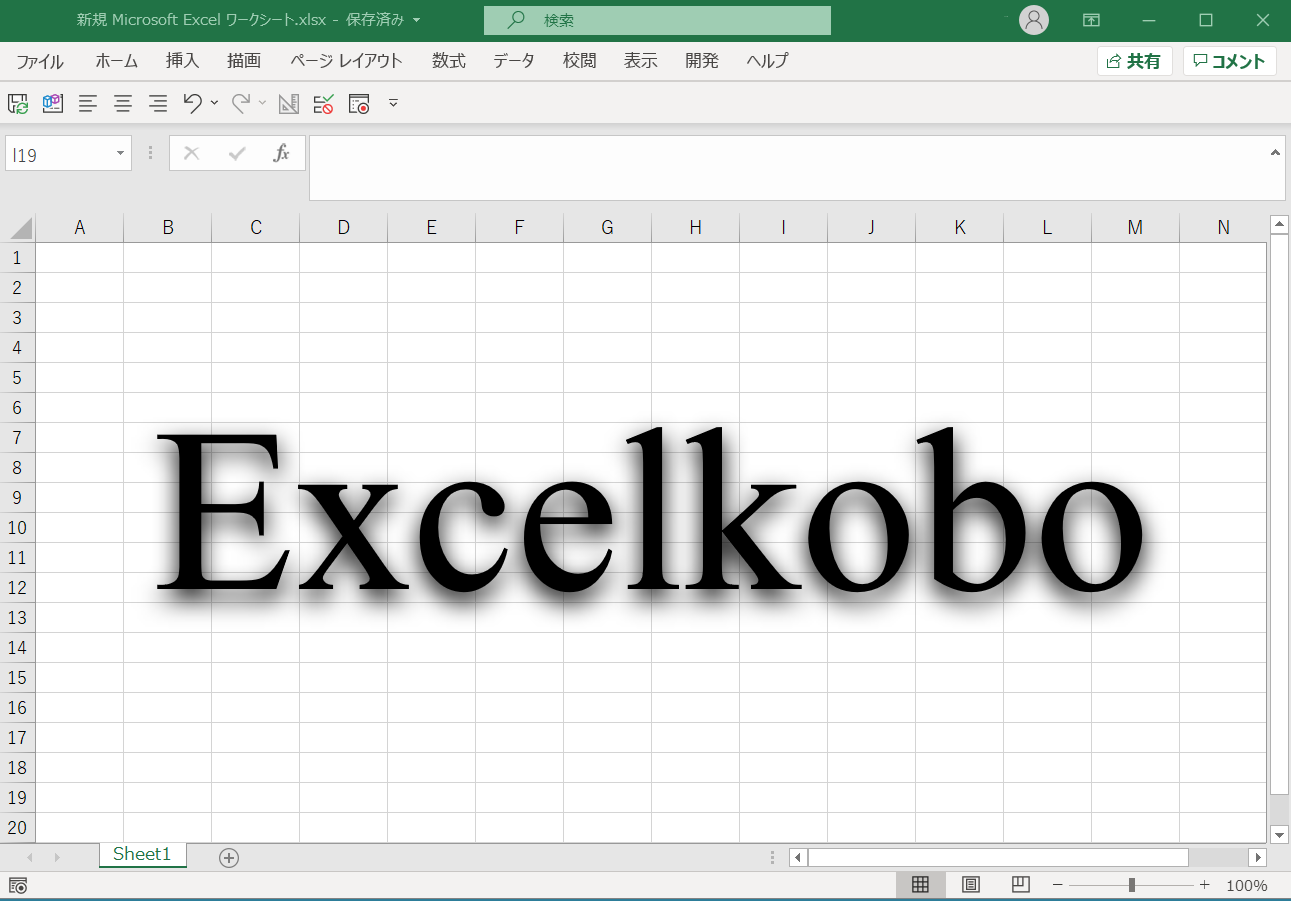After Corelli, the trio sonata was widely produced by great composers such as Vivaldi, Händel, Bach, and Telemann. German composers were probably the most prolific users of this form. For example, Bach’s famous trio sonata from “Musical Offering” is one of the best trio sonatas in history (Figure1). Telemann also wrote many trio sonatas for various instrumental combinations. In France, François Couperin, Marin Marais, and others have written trio sonatas, and in England, Henry Purcell and others have written works. Jan Dismas Zelenka, a Czech composer active in Dresden, wrote a marvelous trio sonata for two oboes, bassoon, and basso continuo, which is one of the few examples that can be compared to Bach’s work. This work, in which had been handed down only manuscript form, was printed and performed widely in the last century, making it almost a miraculous masterpiece. https://bit.ly/3YRqqce





